Hospital beds play a crucial role in patient care, providing comfort, safety, and support during recovery. With advancements in technology, there now exists a wide range of hospital bed options available, each designed to cater to specific medical requirements and patient needs. In this article, we will explore the different types of hospital beds commonly used in healthcare settings, highlighting their unique features and functionalities. 1. Standard Hospital Beds: These beds are the most commonly found in hospitals and offer essential functions for patient care. They often come with adjustable head and foot sections, allowing patients to elevate their upper body and legs. These beds are typically fitted with side rails to enhance patient safety. They are versatile and cost-effective, suitable for a variety of medical conditions. 2. Low Hospital Beds: Low beds are designed with a lower height setting compared to standard beds, ensuring easier access for patients with mobility limitations or fall risk.
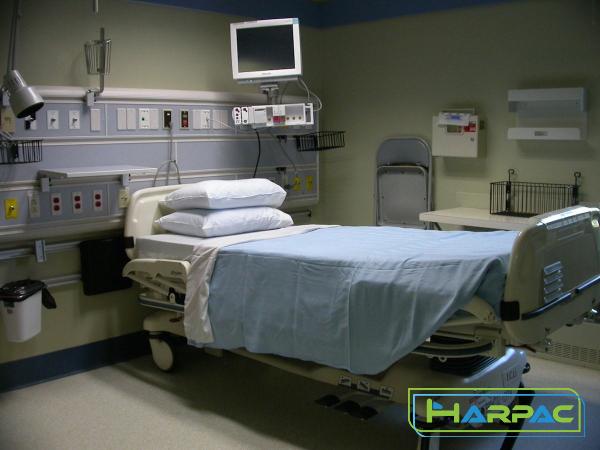
.
 These beds are often used in geriatric care, allowing patients to easily transition in and out of bed with minimal assistance. The reduced height also reduces the likelihood of injury from falls, making them an ideal choice for patients prone to wandering or disorientation. 3. Bariatric Hospital Beds: Bariatric beds are specifically designed to support the needs of overweight or obese patients. With increased weight capacity and wider frame dimensions, these beds provide enhanced stability and comfort. Bariatric beds often feature reinforced frames and heavy-duty motors to accommodate larger patients. These beds help prevent pressure ulcers and ensure proper positioning while supporting patient mobility. 4. Pediatric Hospital Beds: Pediatric beds are tailored for the unique needs of children, ensuring their safety and comfort during their hospital stay.
These beds are often used in geriatric care, allowing patients to easily transition in and out of bed with minimal assistance. The reduced height also reduces the likelihood of injury from falls, making them an ideal choice for patients prone to wandering or disorientation. 3. Bariatric Hospital Beds: Bariatric beds are specifically designed to support the needs of overweight or obese patients. With increased weight capacity and wider frame dimensions, these beds provide enhanced stability and comfort. Bariatric beds often feature reinforced frames and heavy-duty motors to accommodate larger patients. These beds help prevent pressure ulcers and ensure proper positioning while supporting patient mobility. 4. Pediatric Hospital Beds: Pediatric beds are tailored for the unique needs of children, ensuring their safety and comfort during their hospital stay.
..
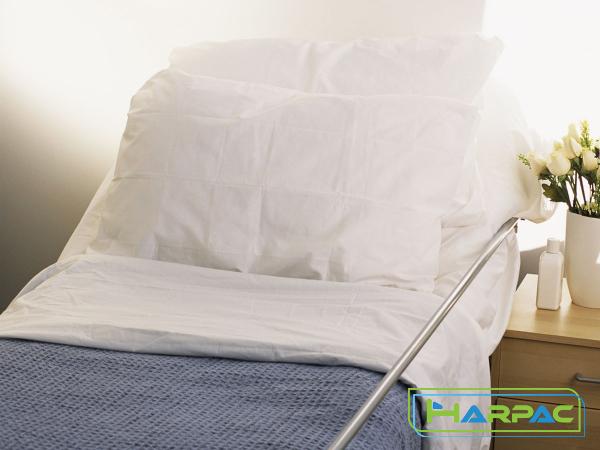 These beds often feature colorful and playful designs to help alleviate anxiety and fear. Pediatric beds can be adjusted in height and include side rails to limit movement and prevent falls. Some models offer additional safety features such as built-in weighing scales, night lights, and integrated entertainment systems. 5. ICU Hospital Beds: Intensive Care Unit (ICU) beds possess advanced features to meet the demands of critically ill patients. These beds provide comprehensive monitoring capabilities, allowing healthcare professionals to monitor vital signs and deliver precise care. ICU beds often come equipped with integrated respiratory and cardiac support systems, offering features such as continuous lateral rotation therapy and auto-firming capabilities to prevent pressure sores and improve patient outcomes.
These beds often feature colorful and playful designs to help alleviate anxiety and fear. Pediatric beds can be adjusted in height and include side rails to limit movement and prevent falls. Some models offer additional safety features such as built-in weighing scales, night lights, and integrated entertainment systems. 5. ICU Hospital Beds: Intensive Care Unit (ICU) beds possess advanced features to meet the demands of critically ill patients. These beds provide comprehensive monitoring capabilities, allowing healthcare professionals to monitor vital signs and deliver precise care. ICU beds often come equipped with integrated respiratory and cardiac support systems, offering features such as continuous lateral rotation therapy and auto-firming capabilities to prevent pressure sores and improve patient outcomes.
…
 6. Specialty Beds: Specialty beds cater to specific medical conditions and patient requirements. These beds include features such as air-fluidized therapy systems for patients with severe pressure sores, Trendelenburg positioning for anti-reflux and cardiac conditions, or auto-turning functions for immobile patients who require periodic repositioning. Specialty beds are customized to meet the unique needs of patients, ensuring optimal care and recovery. Conclusion: Selecting the right type of hospital bed is crucial for patient well-being, safety, and overall care. Understanding the different types of beds available can assist healthcare professionals in making informed decisions based on the specific needs of their patients. Whether standard, low, bariatric, pediatric, ICU, or specialty beds, each type brings its unique benefits and considerations, allowing healthcare providers to provide optimal care and comfort to their patients.
6. Specialty Beds: Specialty beds cater to specific medical conditions and patient requirements. These beds include features such as air-fluidized therapy systems for patients with severe pressure sores, Trendelenburg positioning for anti-reflux and cardiac conditions, or auto-turning functions for immobile patients who require periodic repositioning. Specialty beds are customized to meet the unique needs of patients, ensuring optimal care and recovery. Conclusion: Selecting the right type of hospital bed is crucial for patient well-being, safety, and overall care. Understanding the different types of beds available can assist healthcare professionals in making informed decisions based on the specific needs of their patients. Whether standard, low, bariatric, pediatric, ICU, or specialty beds, each type brings its unique benefits and considerations, allowing healthcare providers to provide optimal care and comfort to their patients.
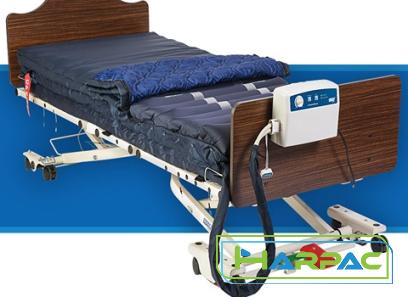
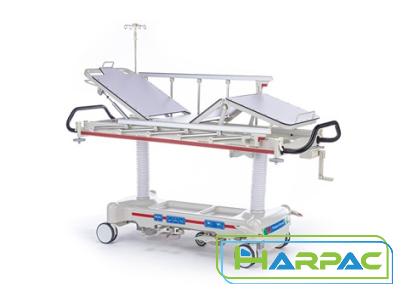
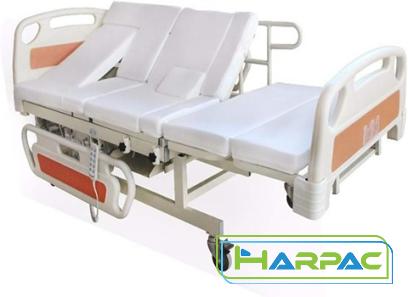
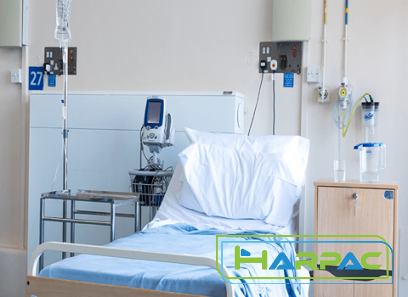
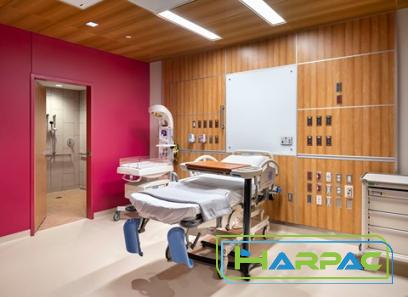
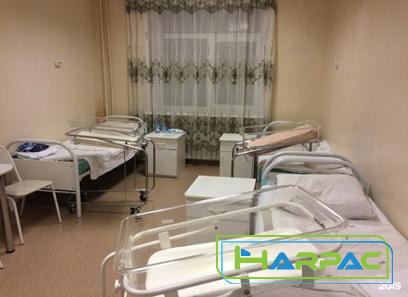

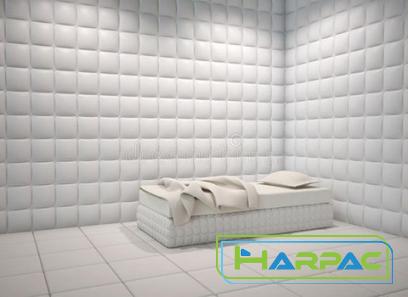

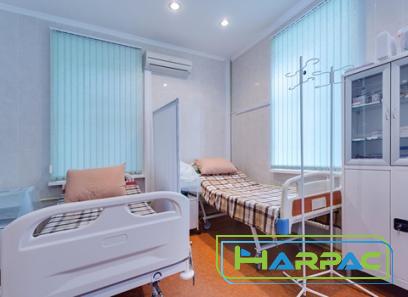
Your comment submitted.